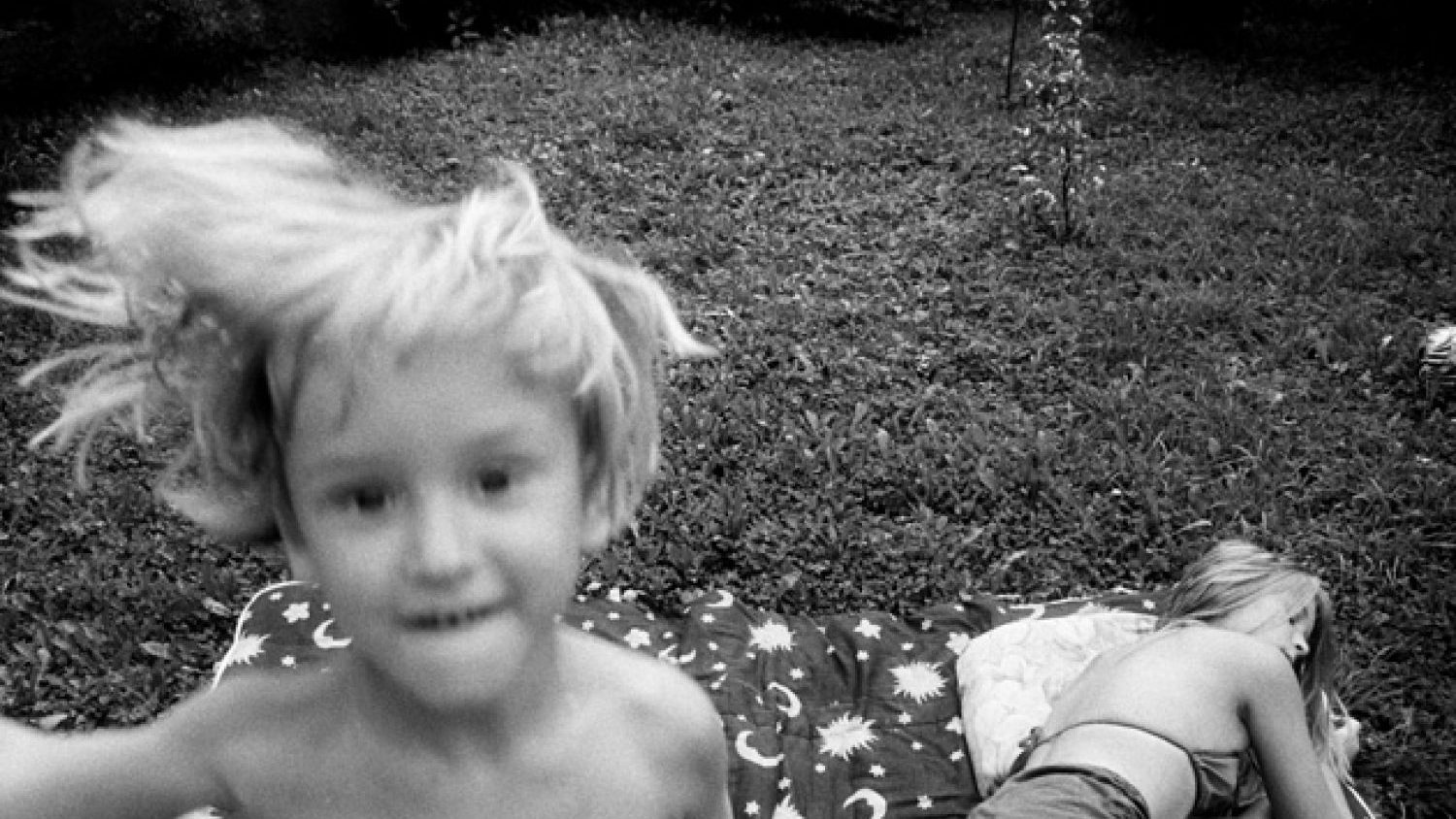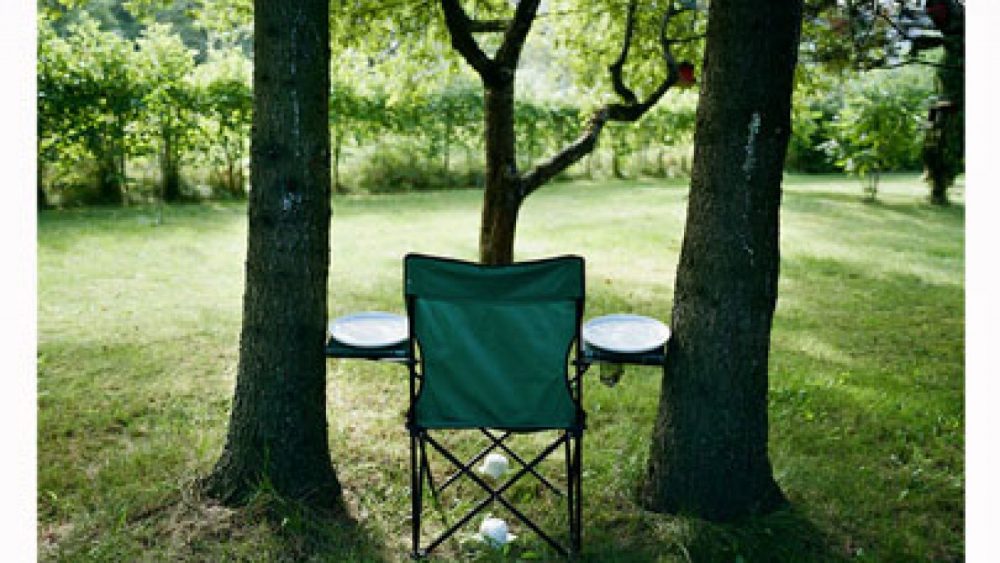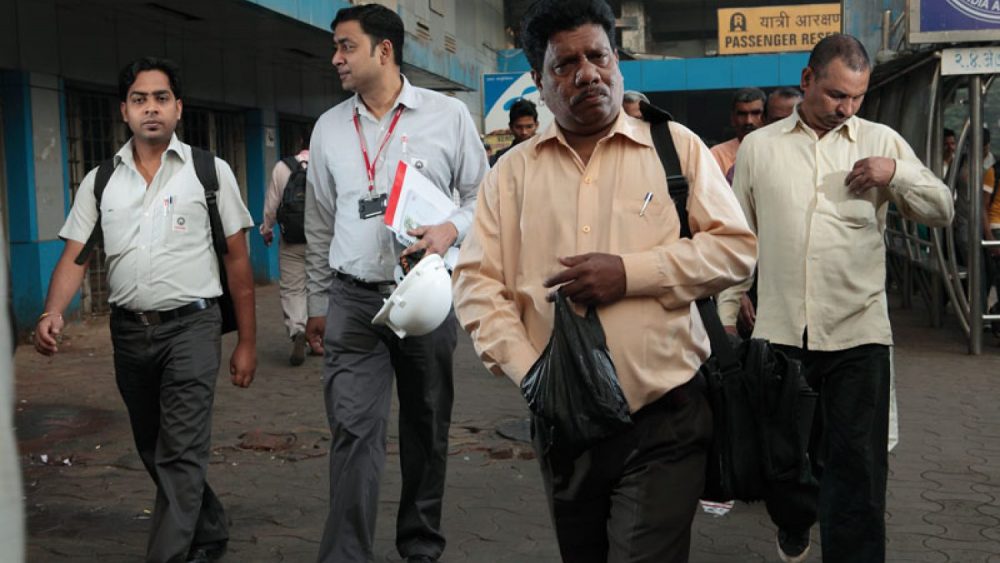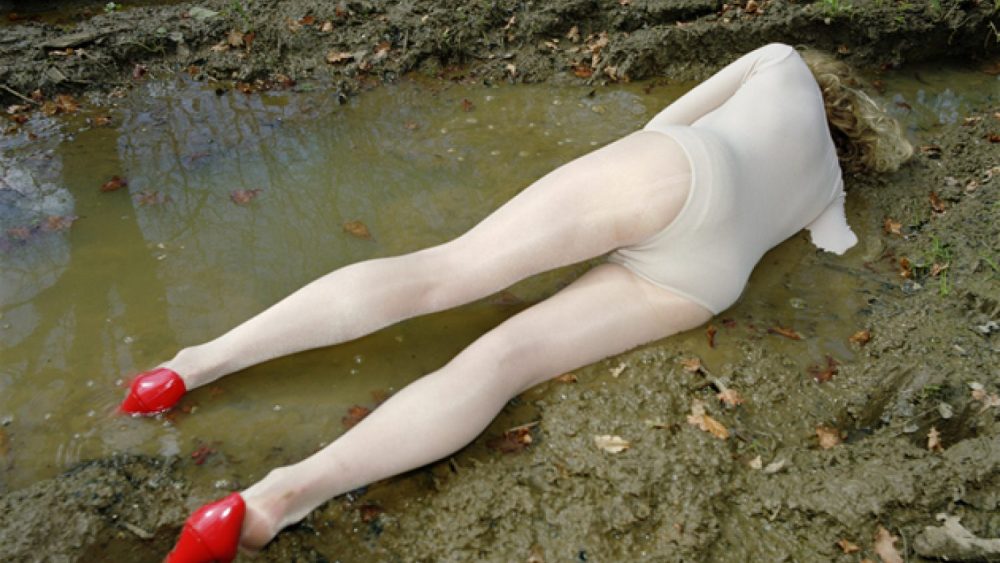Interview with Rūta Kalmuka
Rūta Kalmuka (1974) has dedicated almost 20 years to photojournalism, working for Santa, Dienas žurnāli, Sestdiena, Lauku Avīze, NRA, magazine Ir and other print media. However tough her daily life in newspapers and however intense her home routine, where she is raising four children, Rūta finds time for personal projects too. The longest-running is children’s portraits, which she has been working on for fourteen years. Rūta studied photography at the 34th Vocational School and The Centre for Creative Learning Annas 2 in Riga, where her teacher was the leading Latvian documentary photographer Andrejs Grants. Her series Portrayals are featured in this year’s issue of Latvian Photography 2016, which will be launched on 10 May 6pm at NicePlace Mansards in Riga.
How did your relationship with photography begin?
Back in high school, maybe the 10th or 11th grade, when a friend of mine dragged me to Andrejs Grants’ class. That whole world of photography just pulled me in. At that time things worked totally differently compared to how it is now. My eldest daughter also attended his classes, but these days everything is quite easy there. You study for a year and that’s it. Whereas back then, we kept going to him again and again, we were developing photographic film, went on expeditions and photographed together. There were film screenings once a week; I still remember all those films.
How did you get from being a student in Grant’s class to having a job with the press?
I really liked taking photographs. I knew I wanted an official diploma, and so I enrolled into the 34th Vocational School. There, you could get a photographer’s qualification. Then Andrejs Grants arranged an internship for me at the [daily] newspaper Diena. And so, in 1998, I started working in print media. I really liked the fact that I could do a job I loved, since it was both my hobby and an opportunity to earn some money. I worked at Diena for quite a long time, my internship stretched out. Then, quite spontaneously, I got in touch with Rīgas Balss [Ed.note: a daily newspaper, 1957–2008]. They took me on straight away. Everything was so easy. I worked there until 2007, when Mediju nams [a publishing house] acquired f64 [a photo news agency, founded in 2003] and all Mediju nams photographers were merged with f64. That’s how I ended up at f64.
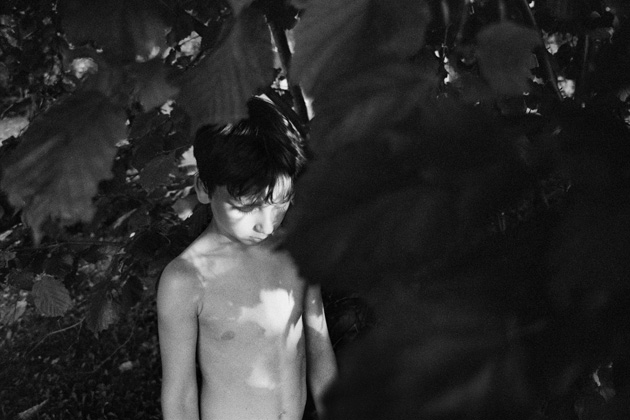
How do you assess the level of photography in Latvian press?
We don’t really have such a thing as press photography in Latvia. The Latvian press lacks quality photo stories. Mostly, there are single shots everywhere. At one point it seemed that the situation was improving, and well thought-through photo series started appearing in newspapers, but now it appears there aren’t any more publications like that. Possibly, social networks have had an effect there, since everyone uploads single images.
Events are communicated quicker by passers-by via smartphones and Twitter or Facebook, rather than by a professional press photographer in a publication.
I know that Reinis Hofmanis [an internationally renowned Latvian photographer], for example, regularly reaches global audiences with his stories. You have to keep an eye out for competitions and participate, you must be active, and you ought to do something all the time, not like me.
What stands in your way?
I have four kids. I can’t say that they stand in the way, they are just there.
Why it is important to create photo stories?
Individual pictures cannot tell that much. An image must be particularly powerful and original, for it to be able to work on its own, in such cases an individual photogra- pher’s hand can be seen better. I have always considered it important and interesting. A while ago I was assigned by f64 to do a material on Terehova, a town [on the Latvian-Russian border] known for accommodating long-distance truck drivers. Afterwards, I knew I wanted to return there and do a series. That was one of the rare occasions when I completed a series project that I had conceived. I was really pleased that the World Press Photo online magazine Enter also published it at the time. Every time the magazine came out, it featured four authors selected in a competition.
Read full interview in the upcoming issue of Latvian Photography 2016
